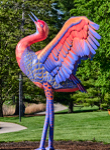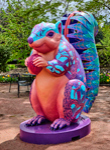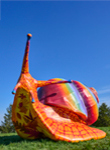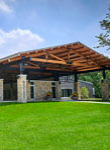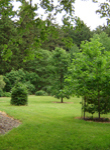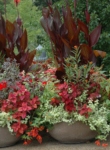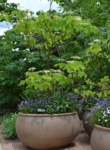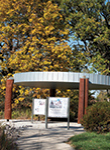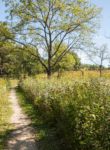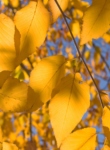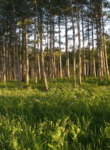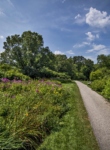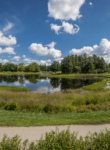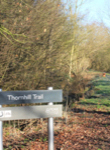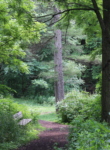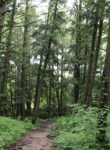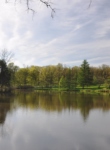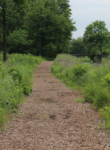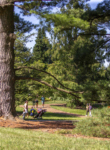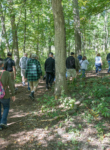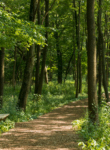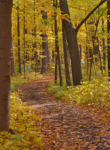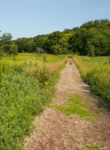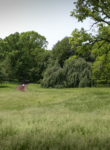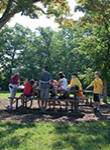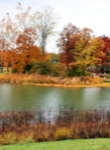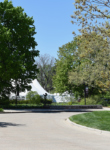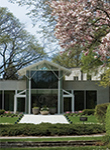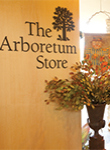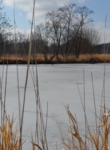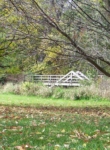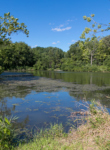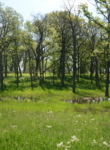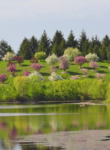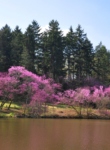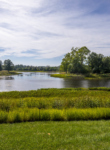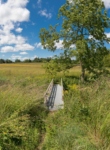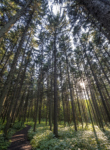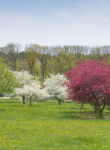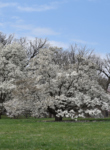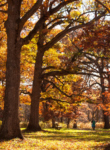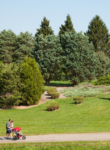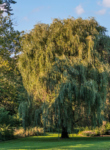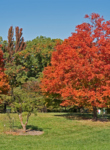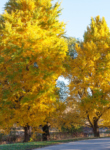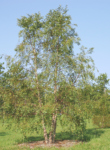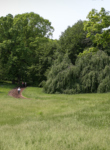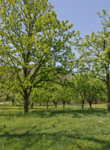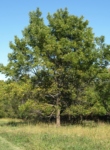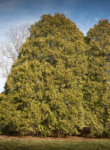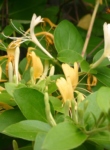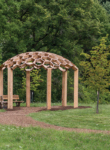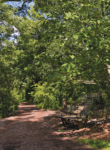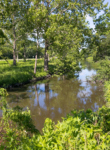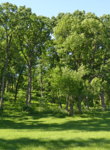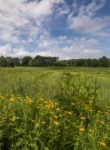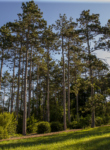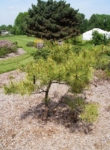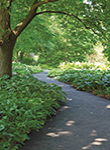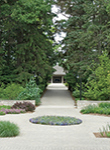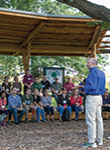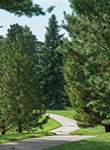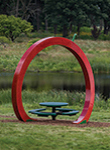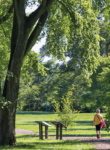Common reed is an aggressive grass that is considered invasive in many areas. An invasive plant is a plant species that is non-native to the location being considered and whose presence and spread negatively impacts (or is likely to impact) ecological, economic or human health. Common reed (Phragmites australis) is found worldwide and is comprised of two subspecies. There is a native subspecies (P. australis subsp. americanus) and a non-native subspecies (P. australis subsp. australis). While the nonnative subspecies has become a problem in many areas, the native subspecies plays an important role in wetland habitats and should be conserved. The native subspecies has a wide native range, but it is relatively uncommon in some areas.
There are some visual differences between the two subspecies:
Nonnative: Green or tan stems are covered by tightly clinging leaf sheaths. The foliage is blue-green. This plant forms dense colonies and may grow as tall as 20 feet. The flower clusters/seed heads are usually larger and more dense than the native.
Native: Lower leaf sheaths fall off and exposed stems turn red in sunlight. The foliage is yellow-green. This plant grows more as scattered stems and is usually shorter (6 to 8 feet) than the nonnative. Flower cluster/seed heads are usually smaller and more open than the nonnative.
The rest of this page will concern only the nonnative species, which is a problematic plant and considered invasive in many areas. This plant spreads through an extensive system of rhizomes. It is a wetland plant that grows in any wet habitat and is commonly found in roadside ditches. Common reed is found throughout much of the United States and Canada. It is able to produce dense thickets in wet areas and can displace native species and alter habitats. These factors contribute to the reduction of species diversity.
To find suitable replacements for this plant, go to The Morton Arboretum’s Search Trees and Plants. Before purchasing or planting, be sure to check for any local or state guidelines on this species, and ensure that this plant is suitable for its habitat by checking its attributes at mortonarb.org or plants.usda.gov.
- Family (English) Grass
- Family (botanic) Poaceae
- Tree or plant type Grass
- Native locale Non-native
- Size range Large plant (more than 24 inches)
- Light exposure Full sun (6 hrs direct light daily)
- Hardiness zones Zone 4, Zone 5 (Northern Illinois), Zone 6 (City of Chicago), Zone 7, Zone 8, Zone 9, Zone 10
- Soil preference Wet soil
- Other tolerances Alkaline soil, clay soil, Occasional flooding, Road salt, Wet sites
- Flower color and fragrance Purple
- Shape or form Upright
- Growth rate Fast
